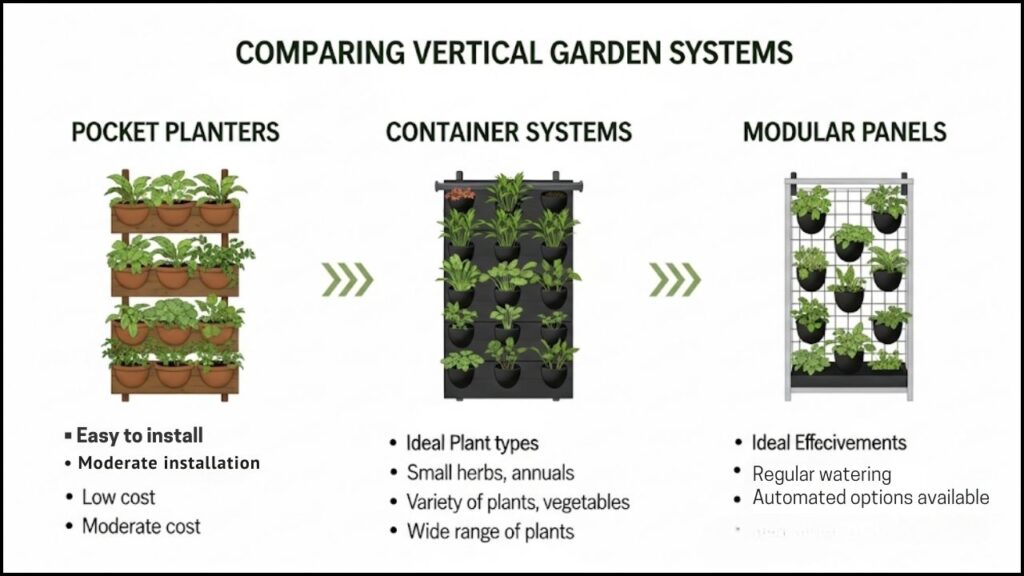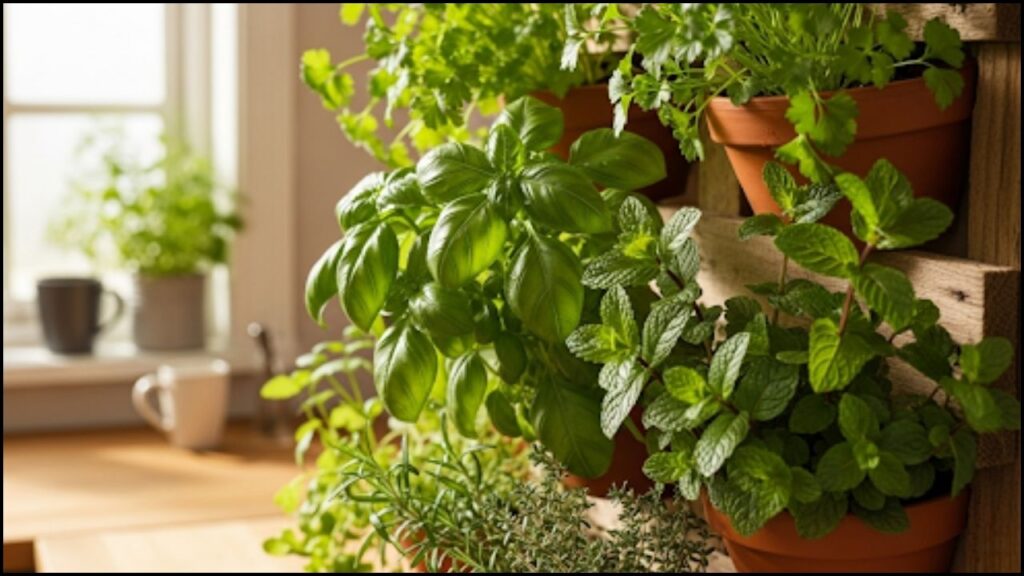
In cities and homes around the world, a growing movement is reaching for the sky. The vertical garden, a method of growing plants on a vertically suspended panel, is transforming walls, balconies, and indoor spaces into verdant landscapes. Driven by a desire for more green space and local food sources, this innovative approach to horticulture offers a solution for those with limited ground area, making it a cornerstone of modern urban farming. This guide provides an expert-backed framework for planning, building, and maintaining these living structures.
Why Vertical Gardens are Gaining Ground
The appeal of a living wall extends beyond its striking appearance. These structures offer significant environmental and practical benefits, particularly in dense urban environments. According to a report from the University of Illinois Extension, vertical gardens can improve air quality by filtering pollutants, reduce ambient temperatures through a process called evapotranspiration, and provide a habitat for pollinators.
For the home gardener, the advantages are more direct. “A vertical garden allows you to grow a surprising amount of food or ornamental plants in a very small footprint,” said Dr. Alistair Crane, a professor of horticulture at the University of California, Davis. “It brings the garden to eye level, making maintenance like weeding and harvesting much easier and more accessible for people with mobility issues.” This method is especially effective for growing herbs, lettuces, strawberries, and various decorative annuals and perennials.

Planning Your Vertical Garden: A Step-by-Step Approach
Successful vertical gardening begins with careful planning. Before purchasing materials, experts advise a thorough assessment of the intended location and the gardener’s goals. Failure to plan is a common pitfall that can lead to stressed plants and a disappointing outcome.
Choosing the Right Location
The most critical factor for a thriving vertical garden is sunlight. Most vegetables and flowering plants require at least six hours of direct sunlight per day. “Observe the path of the sun across your chosen wall or space before you build anything,” advises the Royal Horticultural Society (RHS) in its guide for urban gardeners. Indoor gardens will likely require supplemental grow lights. Proximity to a water source is also crucial, as these systems can dry out quickly. Finally, consider wind exposure, as strong gusts can damage plants and dry out the soil rapidly.
Selecting a System
Vertical garden systems range from simple, homemade projects to sophisticated, commercially produced kits. The three main types are:
- Pocket or Pouch Systems: These consist of felt or fabric pockets sewn onto a waterproof backing. They are lightweight and excellent for a DIY vertical garden, but often require more frequent watering as the material is breathable.
- Container or Pot Systems: This category includes various designs where individual pots are attached to a wall or stacked in a frame. These systems offer more soil volume per plant and are versatile, allowing for easy replacement of individual plants.
- Modular or Panel Systems: These are often interlocking panels that can be pre-planted before being mounted on a wall. They are popular for creating seamless, large-scale living walls but can be more expensive and complex to install.
Structural Integrity and Water Management
A mature vertical garden, saturated with water, can be extremely heavy. It is essential to ensure the supporting wall or structure can handle the load. A report from the American Society of Landscape Architects (ASLA) emphasizes that for large installations, consulting a structural engineer is a critical safety measure. The structure must be mounted securely with appropriate hardware.
Efficient irrigation is the key to long-term success. While hand-watering is feasible for small gardens, most larger systems benefit from an automated drip irrigation system connected to a timer. These systems deliver water directly to the plant roots, conserving water and ensuring consistent moisture.
From Construction to Cultivation
Once the system is chosen and the location prepared, the focus shifts to planting and long-term care. Plant selection is paramount and should be guided by the location’s light conditions and the specific system being used.
Best Plants for Vertical Gardens
For sunny locations, herbs like rosemary, thyme, and basil are excellent choices, along with leafy greens like lettuce and spinach. Strawberries and certain varieties of cherry tomatoes can also thrive. In shadier spots, consider ferns, hostas, and succulents like sedum. “Don’t overcrowd your plants,” Dr. Crane noted. “Good air circulation is vital for preventing fungal diseases, which can be a problem in densely planted vertical systems.”
Ongoing Maintenance
Vertical gardens are not “set and forget” installations. They require regular monitoring for moisture levels, pests, and nutrient needs. Because the volume of soil is limited, nutrients can be depleted quickly. A balanced liquid fertilizer, applied every two to four weeks during the growing season, is generally recommended. Regular pruning will encourage bushier growth and prevent plants from over-shading their neighbors below.

As the concept of urban farming continues to expand, the vertical garden stands out as an accessible and powerful tool. It allows individuals to reconnect with their food sources and introduce critical green infrastructure into built-up environments. With careful planning and consistent care, a bare wall can be transformed into a productive and beautiful living ecosystem.
How to Build a Vertical Garden: A Guide for Urban Spaces and Indoor Growers
